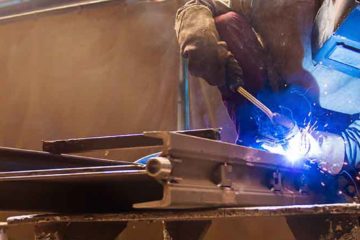Demand Windows
Demand windows are periods of time when customer demand is relatively stable. For slow growth or mature products, the window can be extremely long. For other products, demand windows can change seasonally (think water skis or snow shovels), hour-by-hour (think fast food), or can trend steeply up or down. In Read more…
